It’s the era of technology, or more specifically, the decade of Artificial Intelligence. Technological growth in recent years has been revolutionary, and 2025 has reconstructed the boundaries of artificial intelligence software development 2025. AI promises to modernize industries, and this is fueled by concrete examples of its current achievements. Moving to the future, there is an enormous demand for technological trends along with AI software best practices.
What’s In the AI Software in 2025?
AI work is multifaceted. It sprang from niche applications to a central position in the industries, including healthcare and finance best practices for AI software development. Conventional software development was dependent on algorithms and programming models.
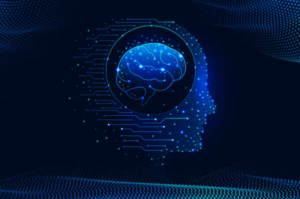
In contrast, modern software is fueled by data-driven algorithms that learn continuously. It is characterized by a combination of ultra-modern machine learning models and deep learning architectures. Exponential growth is crystal clear: the global AI industry will exceed $500 billion by 2025 end, starting from $100 billion in 2020. This is a solid proof of AI’s power.
How to Develop AI Software?
-
Cost
The cost of developing AI-powered software varies significantly, depending on factors such as data quality, algorithm complexity, and deployment type. Basic solutions may start from $100,000 to $200,000 (Source: UptechTeam), often involving moderate complexity in processing unstructured data. In contrast, more advanced systems that manage diverse data sources and employ sophisticated algorithms can exceed $650,000. Organizations can see positive ROI within three months of implementation, highlighting AI’s potential value. To ensure successful development and accurate cost estimation, companies must engage in careful planning and clearly define project scope and requirements.
-
Outline Project Details
AI development in the present day demands an in-depth knowledge of the technical and ethical factors. Unlike conventional software projects, here, input-output behaviors are not already defined. AI projects content with continuous learning. Your vision must be well-articulated to guarantee that the project solves business objectives and considers societal hurdles as well.
For example, an AI model for medical diagnostics must follow principles of patient privacy and consent. A well-defined scope is the pillar of successful AI software.
-
Hire an Expert Team
Successful AI projects demand skills and knowledge of data science, software engineering, field-specific knowledge, ethics, and much more. Best-performing teams work along with professionals from an array of backgrounds. Research has proved that companies with multi-sector teams witness a 30% improvement in project outcomes as compared to those with similar backgrounds.
For a deeper look into leading companies shaping the future of artificial intelligence, check out our detailed guide on the Top 10 AI Consulting Companies in 2025, published by (InnovaeSoft).
It does not imply hiring the best coders or data scientists. You must create an environment where multiple skills converge to tackle the complicated hurdles of AI software. It will skyrocket the possibility of a successful transition from prototype to production-ready software.
-
Select Appropriate AI Development Tools
Developers have access to multiple modern tools and frameworks that are behind the success of an AI project. They work through the principles of data processing, model training, and deployment in a single framework. Get assistance from established open-source libraries such as TensorFlow and PyTorch. Plus, you can find the latest platforms specifically designed for your domain.
The growth is that AutoML platforms gave automated tasks in AI software development, such as model selection and hyperparameter tuning. Tools are getting advanced with every passing day, and are capable of handling massive volumes of data.
-
Prepare the Data
High-quality data cannot be neglected. One of the paramount hurdles is handling the massive volume of data – that is expected to surpass 2.5 quintillion bytes daily. Simultaneously, guaranteeing the integrity of this data through data cleansing is vital. Invest in strong data governance frameworks that focus on data privacy. AI software is not entirely dependent on algorithms; the quality of data matters a ton.
-
Develop the Model
This process involves repetitive cycles with feedback and improvement at every step. It is dominated by transfer learning and federated learning – the latest products of 2025. This way, developers can utilize pre-trained models and decentralize the data sources. It lessens the time requirement for model training.
To further improve the processes, you must include modern hardware accelerators and cloud-based infrastructures. Even minor improvements in the model architecture or data quality have an enormous impact on the end product. It distinguishes your software from the rivals. This phase shows the transition from theory to high-performing AI systems.
-
Validate the Software
Conventional software testing methods are not capable enough to evaluate the performance and solidity of adaptive AI models. In response, developers have utilized new testing frameworks specifically designed for AI. They focus on model strength, fairness, and interpretability.
These are standard testing procedures with artificial environments and real-world pilot projects to access information before full-scale deployment. It is proof of their functionality that certifies stakeholders and concerned authorities.
-
Deploy the Software
This is the final phase where even the most notable AI models can fail if any issue is ignored. In this step, you must utilize modern architectures such as containerization, microservices, and orchestration tools. One of the well-liked tools in Kubernetes. Through this, AI systems can be deployed in an array of environments such as cloud platforms and edge devices.
Get automated scaling solutions to modify according to the increasing workload without compromising uprightness. It is proof of the system’s strength to handle real-world challenges.
Time Frame
The economics of AI development is foremost the top priority for organizations. Initial investments in AI infrastructure and team setup are massive. Yet, these can be long-term benefits. Detailed cost analysis suggests that organizations expect to see a return on investment within 3-5 years if they follow the best practices throughout the development phase.
The growth of modular and reusable components and cloud-based AI services can immensely decrease the timeframe and costs. It is proof that effective planning gives substantial financial benefits.
Bottom Line!
AI has revolutionary power, which is evidenced by its rapid market growth and immense influence across industries. AI software development in 2025 is fueled by strong methodologies, advanced tools, and an interdisciplinary team. The phase from concept to implementation is possible through careful planning and strong testing procedures. Follow our blueprint to create AI systems that are powerful and efficient.
Author
Jabran Mustafa is an accomplished technology writer specializing in IT, SaaS, and software development. Launching his writing journey in 2022, he brings over three years of dedicated experience in delivering insightful, industry-leading content. Since 2024, he has been a key contributor to innovaesoft.com, where he consistently provides in-depth analysis and innovative perspectives. With a passion for demystifying complex tech concepts, Jabran work aims to empower professionals and catalyze digital transformation.
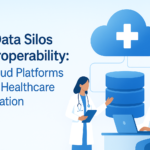
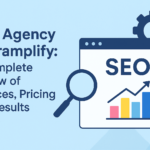
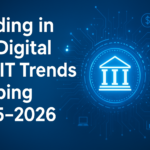
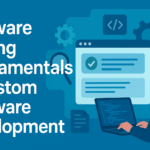
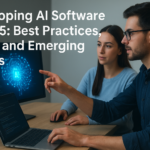



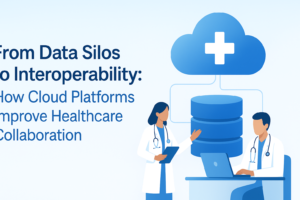
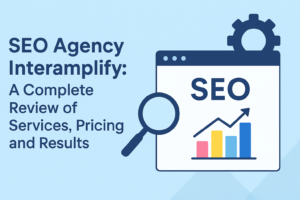
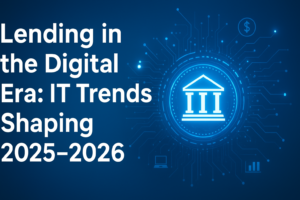
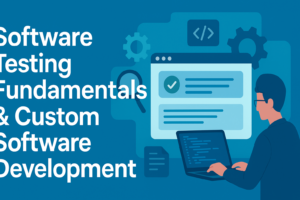
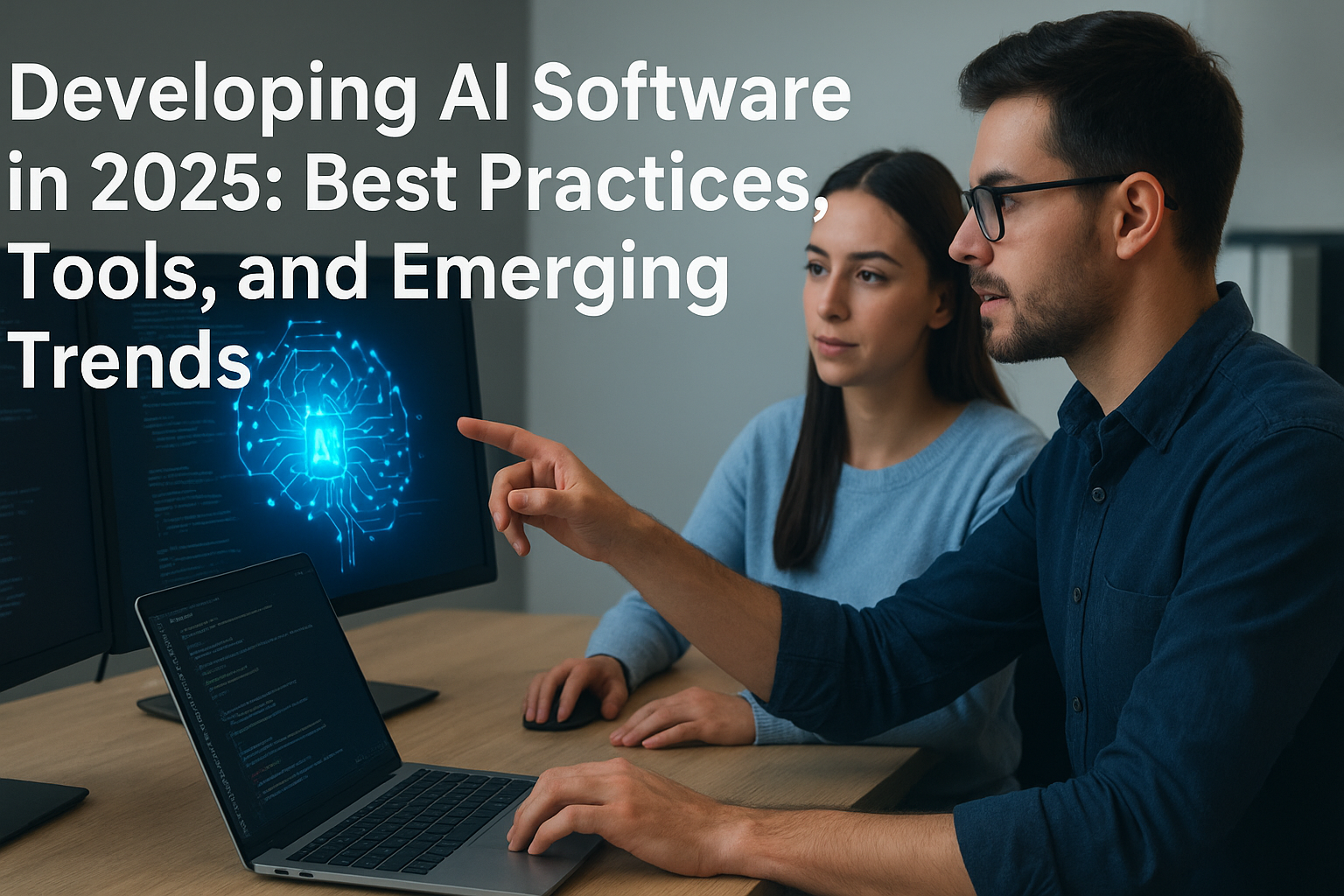
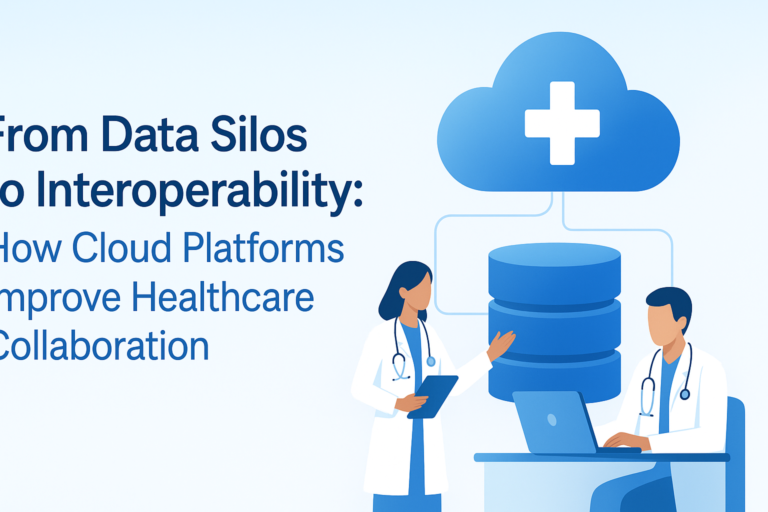
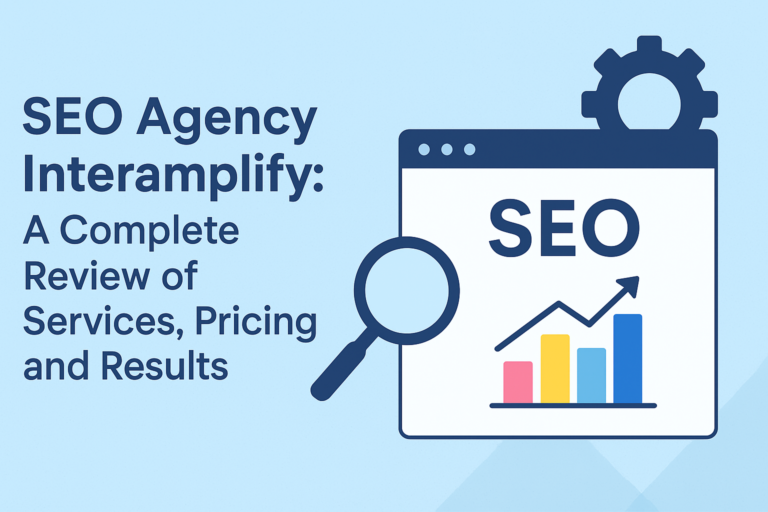
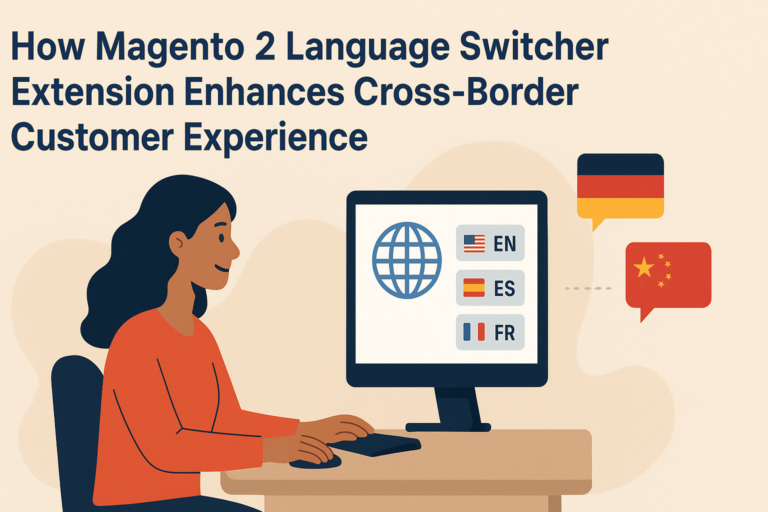
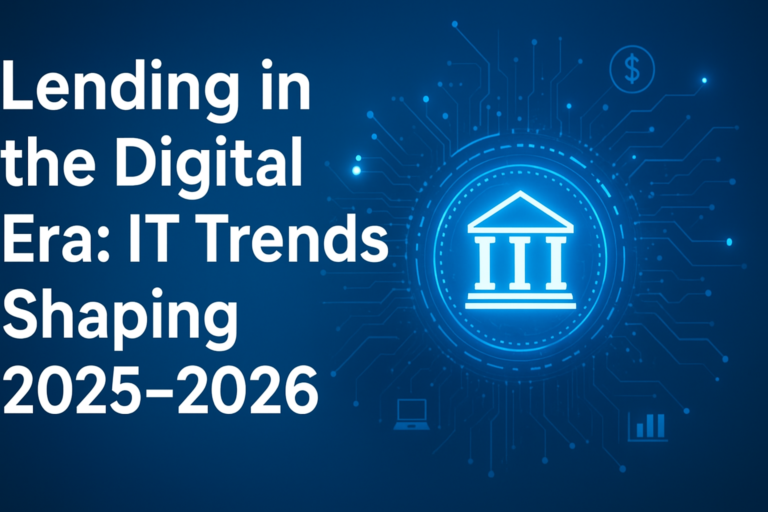
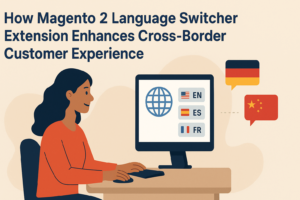
One thought on “Developing AI Software in 2025: Best Practices, Tools, and Emerging Trends”
Comments are closed.